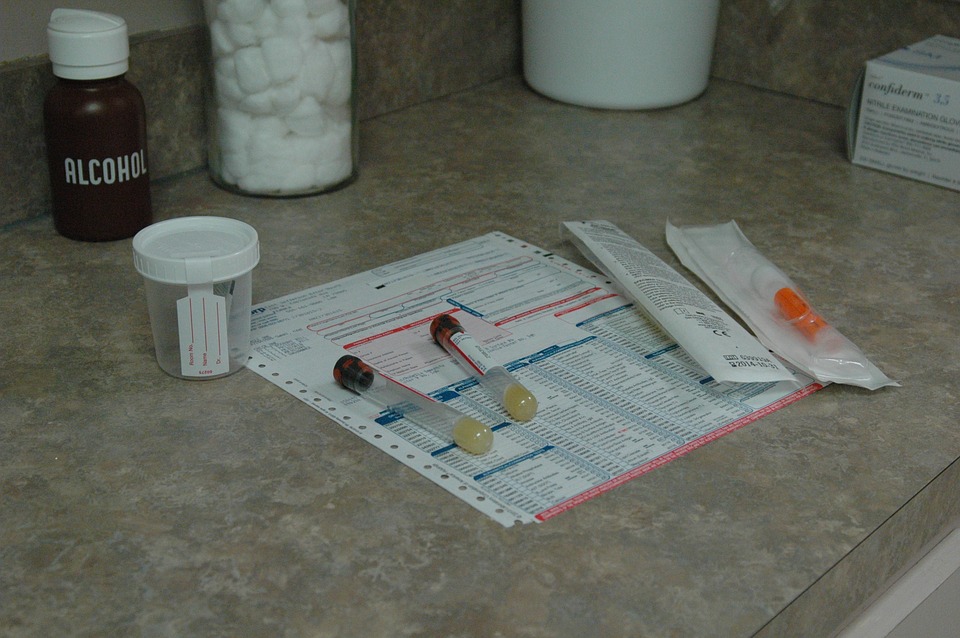Chronic fatigue disorder is a state that causes long-term fatigue. It affects about 200,000 people a year and usually develops between the ages of 20 and 40. It is three times more common in women than in men. In the first part of this article, we’ve dived deep into the symptoms, causes and risk factors of this condition. Below, let’s see the dangers it can bring, how to diagnose it and the possible treatments and therapy.
Dangers
If chronic fatigue is not treated early, it can bring further complications. In fact, when someone has this syndrome he/she can suffer from depression and social isolation. This will consequently result in social and professional relationship problems. This is why it is crucial that we diagnose it early.
Diagnosis
The diagnosis of chronic fatigue syndrome can be difficult because there are no laboratory tests to diagnose it with certainty. Many symptoms of chronic fatigue syndrome are also common to other diseases, or are side effects of specific therapies.

If you think you may have chronic fatigue syndrome, see the doctor who:
– will ask you many questions about your physical and mental health,
– will visit you,
– will prescribe blood and urine tests to try to rule out other illnesses with symptoms similar to those of chronic fatigue syndrome,
– will order additional tests if blood and urine tests do not diagnose the cause of symptoms.
Diagnosis can take a long time and sometimes even years, so try to be patient. After you have done the tests, ask your doctor how to relieve the symptoms. Chronic Fatigue Syndrome is not a form of depression, however, many patients begin to experience depression because they have to live with a chronic illness. Many doubts and uncertainties remain about the correct way to proceed with the diagnosis and two different approaches are mainly available, the American criteria and the Canadian guidelines, although at this time, many American doctors hope that the most recent data will soon be adopted to replace the current approach.
Treatment and therapy
There is currently no cure for chronic fatigue syndrome, but there are some things you can do to feel better. Ask your doctor how to relieve symptoms and manage fatigue and follow these simple tips.
Lifestyle changes
It may be helpful to use these simple practical remedies:
Relieve stress: Try to take steps to avoid running out of steam, fatigue less, and avoid or limit emotional stress. Take some time each day to relax, learning to say no, for example.
Improve your sleep approach: Go to sleep and wake up at the same time every day. Try not to sleep during the day and avoid caffeine, alcohol and nicotine.
Don’t Overdo: If you get too tired on days when you feel good, it will take several days to recover.
Try to avoid or limit activities that appear to cause fatigue. For a week or two, keep a journal of your activities. Write down the times when you feel very tired and at the end go through the list to understand which activities tend to drain your strength. An occupational therapist can help you review your activities and suggest ways to change your lifestyle to save energy.
At the end of the day try to think about how much energy you think you had and how much energy you actually used. If, over time, these two amounts of energy tend to stay similar, you will slowly begin to regain strength and energy. Think about which activities are most important and which activities you can give up from time to time. Remember to tell the people around you how much energy you are able to use each day so they can help you not overdo it. It is important to remember that, by the word energy, we mean mental, emotional and physical energies.
Do you suffer from chronic fatigue? By leaving a comment below, share with us how you deal with this condition.


